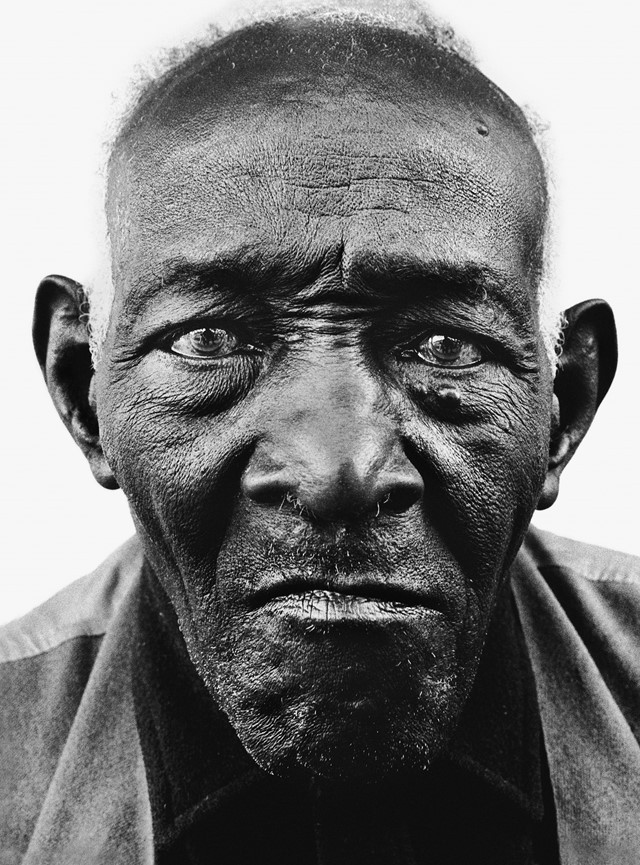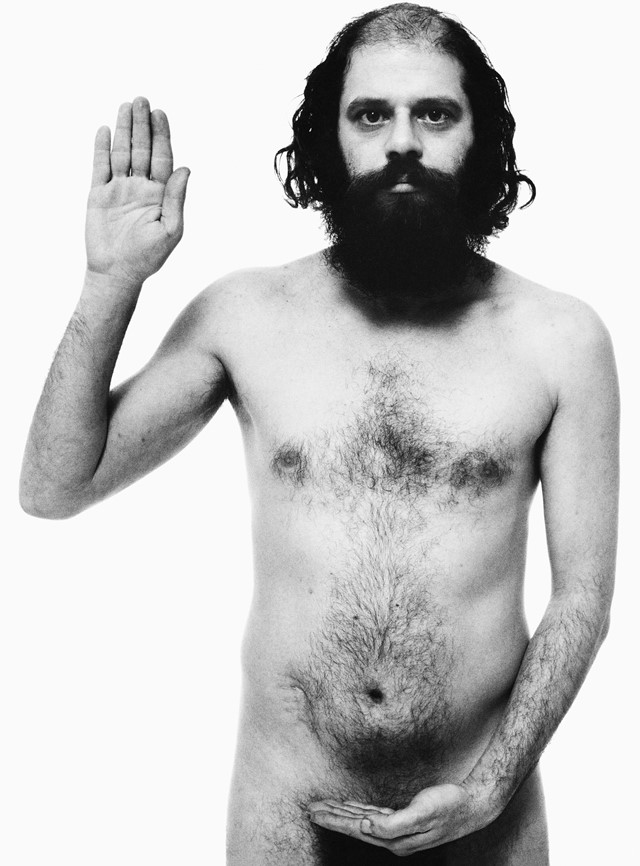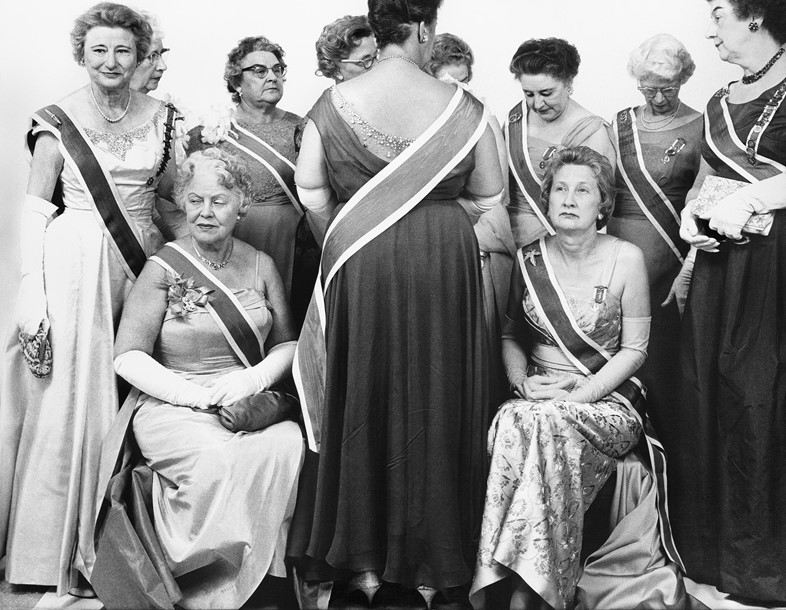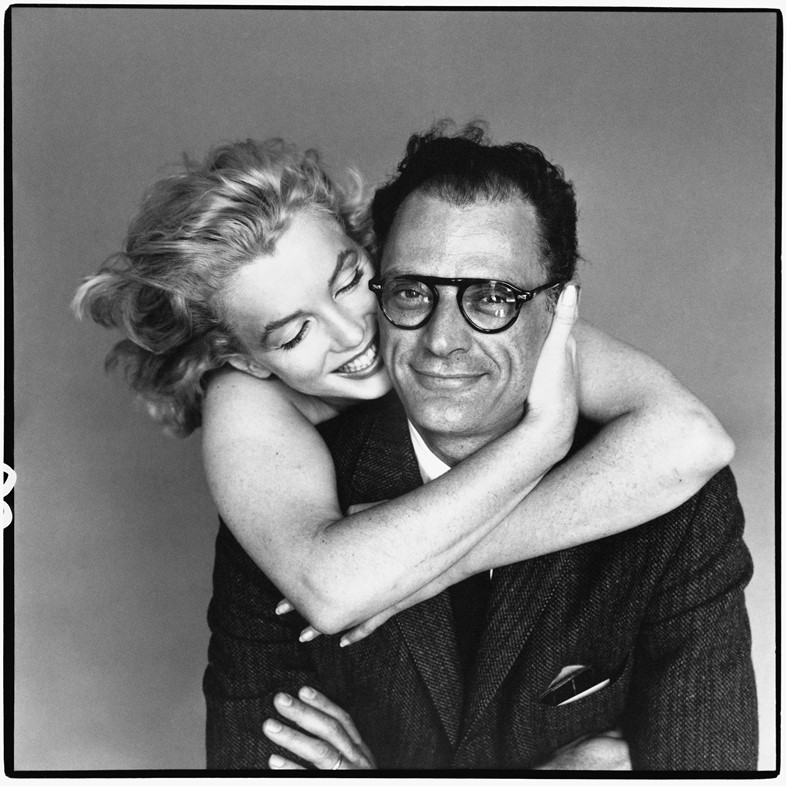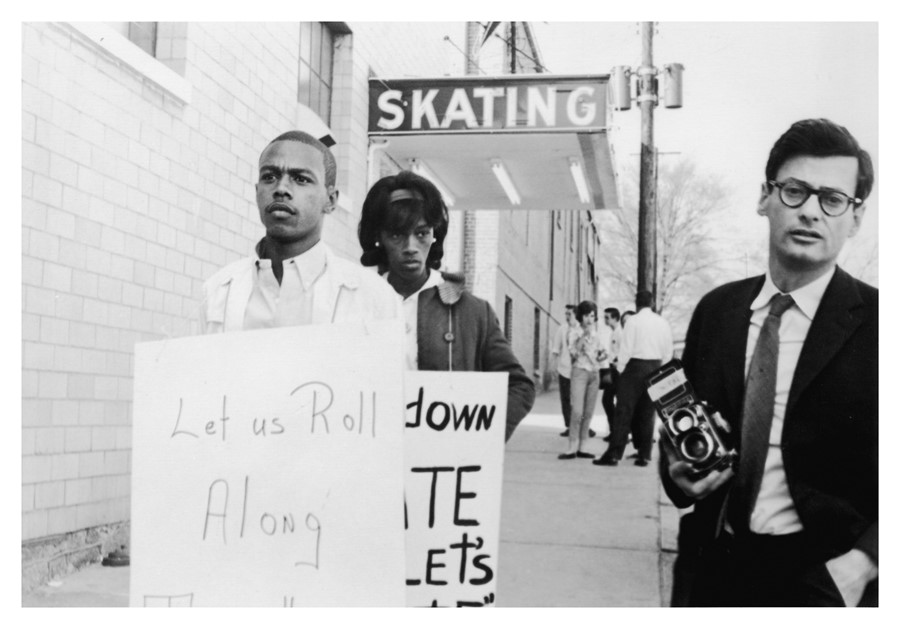When James Baldwin and Richard Avedon published their monograph Nothing Personal in 1964, America was in turmoil. The Civil Rights Act had just been passed, Kennedy had just been assassinated, the Vietnam War raged interminably on. While the world celebrated the 1960s as a time of progress, free love and liberation, under the skin of the United States thrummed an undercurrent of racism, homophobia, violence and fear. No matter what the law said, white men and black men were in conflict.
53 years on, Taschen has rereleased Nothing Personal, and it remains as uncomfortable and relevant as ever. It is ostensibly a photo book. In it Avedon traversed the length and breadth of the nation, photographing the famous and the infamous, the renowned and the unknown, the old and the young, the vain and the shy, the beautiful and the mad. Marilyn Monroe and Dorothy Parker face off on adjoining pages; the fervour of Malcolm X follows the depletion of President Eisenhower; members of the American Nazi party salute their distracted leader; the camera comes close in on the face of William Casby, one of the last living men born into slavery.
It is totally beautiful, an exquisite exercise in minimalism by Harpers Bazaar’s art director Marvin Israel, with surprises on every page: a naked Allen Ginsberg, for instance; three generations of Luther Kings; filmstar Monroe captured with her guard down. But for all its spectrum of stars, Nothing Personal is angry, unsparing in its exploration of the hypocrisy of an America that claims to offer opportunities for people to achieve their dreams, while grinding so many of its countrymen underfoot.
This rage comes from its authors’ own experience – Richard Avedon, a Jewish boy from New York, went to DeWitt Clinton High School in the Bronx, where he became friends with James Baldwin, a black, gay boy from Harlem. The two worked together on the school newspaper, cementing a friendship that would be rekindled in the creation of Nothing Personal.
These two outsiders wanted to take the pulse of this ‘new’ America, and expose its underbelly. On the one hand, young couples were getting married at City Hall and Bob Dylan was sounding the sentinel for the new rock’n’roll; on the other, mental patients were being forgotten in the wards of psychiatric hospitals and black men were being killed in the streets.
Baldwin wrote a searing essay to accompany the images, his testimony of life as a man whose appearance and desires made him vulnerable to the violent whims of his country’s authorities. His words wind their way through the portraits, tracing a story of loneliness, disappointment, a highly personal vision of his life and concerns, most particularly that in time the country will cave to the power of television, namely a “very curious sense of reality – or rather, perhaps, I should say, a striking addiction to irreality”. As it is republished in the year of TV president Donald Trump, it is hard to deny that his dire prediction hasn’t already come true.
